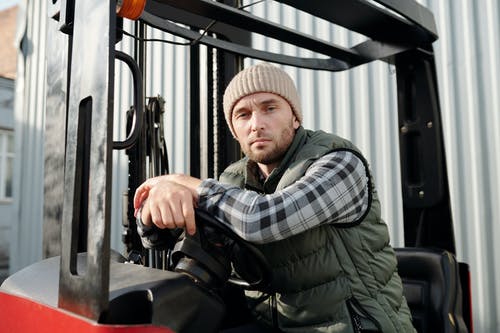Many industries – especially manufacturing – have been severely impacted by the loss of well-paying jobs to automation for decades. Some gig workers could face similar challenges soon due to the rapid development of artificial intelligence (AI) and robotics. Agility Robotics are the makers of biped robots capable of performing a variety of tasks, including the physically demanding work which is common in the warehousing industry.
While the possibility of a robot workforce might seem unrealistic, humanoid robots are already on the verge of entering the workforce. Manufacturers like Ford Motors have purchased agility robots and are developing uses for them in their facilities. Other robots, including drones, are already undertaking certain warehouse tasks like deliveries. While the relationship between agility robots and gig labor is still in its infancy, they will likely be intertwined in the future.
The Fear of Replacement
For many gig workers, there is an understandable fear of being replaced by robots and other forms of automation. After all, the technology behind delivery drones and self-driving cars are already very advanced. The next logical step involves implementing these machines in certain parts of the gig economy, like food delivery or even ridesharing. AI-powered robots could replace millions of jobs worldwide over the coming years, which could significantly impact the warehousing industry.
Robots perform best in controlled and familiar environments. While ridesharing robots might struggle with unfamiliar areas or uncontrolled variables like road work, most warehouses provide a much more stable environment. The heavy lifting, carrying, and moving required in many warehouse jobs are ideal for these robots. The static, unchanging nature of these facilities could be the first domino in major workforce displacement over time.
Working Side by Side
Not everyone thinks the advancement of agility robots will have a catastrophic impact on the nation’s workforce, however. Regardless of a robot’s utility, certain tasks that require complex reasoning or adaptation can benefit from or may even require the oversight of a living person. In a warehouse setting, this could include any tasks which require complex sorting or packing that is outside of what is commonly required.
Many companies, including Amazon, have retained their workforces despite increasing reliance on robotics. In many cases, having an employee work alongside an automated workforce can greatly improve job performance.
Furthermore, robots can perform dangerous, repetitive, or physically challenging tasks that frequently cause harm to employees. In addition to improving safety, they can also free up workers to take on tasks that require more planning and creative deliberation. Ultimately, it remains to be seen how agility robots and gig labor will impact each other in the future
Meeting Modern Needs
While the future of gig workers might be uncertain, their importance in today’s flex labor economy cannot be overstated. In the warehousing industry, gig workers are a viable solution for employers facing varying inventory volume.
If you need flex labor in your warehouse, HapiGig can help. Our platform connects carefully vetted warehouse workers with employers who need to fill flex hours. Become a HapiEmployer today to start enjoying the benefits of gig labor.

